Aging is a natural part of life. However, there's a constant pursuit to live longer and maintain a better quality of life as we get older. That's why significant scientific and medical research is continually focused on this topic.
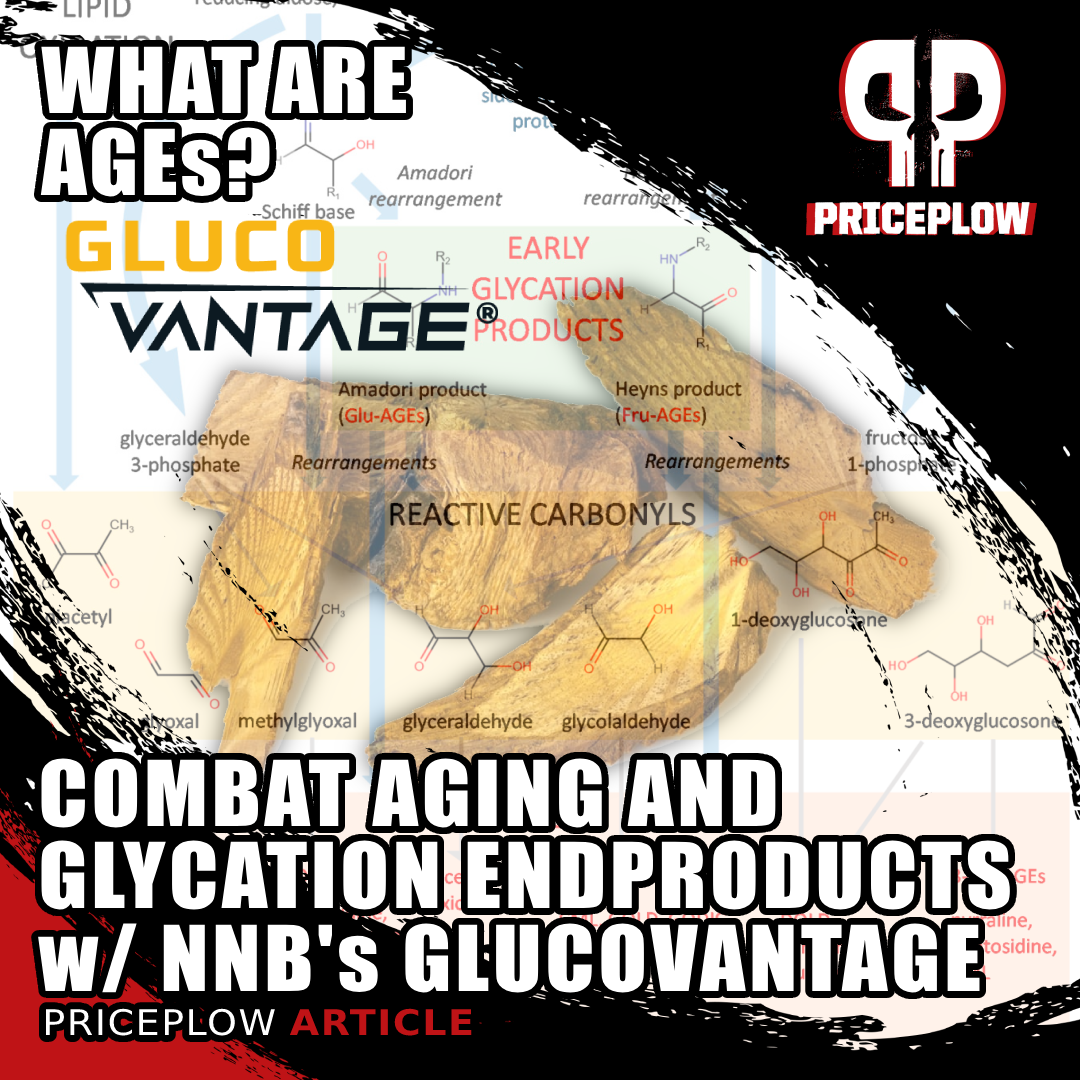
GlucoVantage from NNB Nutrition, featuring dihydroberberine, isn't just for managing healthy blood sugar. It supports better body composition, boosts energy, and may lower the risk of chronic illnesses. But today, we focus on its ability to combat Advanced Glycation Endproducts.
We all want to look younger as we age. However, the fight against aging isn't just about looks. It is also essential to maintain cellular health and metabolic balance for the best quality of life.
As we age, our cells undergo various changes that can lead to a decline in metabolic function and an increased susceptibility to chronic diseases. Clinical research has shown that one of the main factors driving this process is a compound called advanced glycation endproducts (AGEs), which accumulate in the body as we age and can have harmful effects.[1]
Fortunately, research has also discovered pathways and compounds that can influence aging and mitigate the effects of AGEs. Notably, a natural compound called berberine and its derivative, dihydroberberine, have emerged as potent allies in this regard.
In this article, we'll explore the effects of AGEs on aging, the potential of berberine to combat those effects, and how GlucoVantage — a cutting-edge dihydroberberine supplement from NNB Nutrition — provides a promising solution for those seeking to slow the aging process.
What are Advanced Glycation Endproducts (AGEs)?
AGEs are groups of lipids and proteins formed when exposed to sugars, causing a process called nonenzymatic glycation. You might also hear them referred to as glycotoxins, mainly because as they build up in the body, they damage cells and tissues and are linked to several chronic diseases. Let's explore the science behind glycation and AGEs:
-
The Science of Glycation and Formation of AGEs
Glycation is a biochemical process that occurs when sugar molecules, such as glucose, bind to proteins, lipids, or nucleic acids without the help of enzymes. While this is a natural part of our metabolism, when it becomes excessive, it leads to the formation of AGEs, which are compounds that accumulate in body tissues over time and contribute to age-related conditions.
Berberine suppressed retina endothelial cell activation through advanced glycation end products (AGEs) and other signaling mechanisms.[2]
The formation of AGEs is influenced and increased by several lifestyle and health factors,[3] including:
- High-sugar diets that contribute to elevated blood sugar levels
- Diabetes
- Sedentary lifestyles
- Oxidative stress
- Inflammation
- Excessive caloric intake
- High-fructose diets
- Consumption of ultra-processed foods
- Smoking
AGEs will form and accumulate over time, so their effects become more prominent as you age. Although they aren't entirely avoidable, improving your diet and increasing physical activity can reduce the formation of AGEs. Additionally, supplementation with berberine (or preferably, its derivative dihydroberberine) can also have a significant impact.
-
The Impact of AGEs
Now, what exactly do AGEs affect as you get older? Externally, glycation and the formation of AGEs can make your skin look older. Since this process happens in the skin tissues, research has found that it contributes to the formation of wrinkles, loss of skin elasticity, and sometimes a dull yellowing color of the skin.[4]
However, some of the most significant effects occur internally. Once AGEs are formed, they cross-link with proteins, altering their structure and functionality. This process can lead to tissue stiffness, impair cellular function, and increased risk of several chronic diseases.
Both the 100 mg and 200 mg doses of dihydroberberine were vastly more effective than 500 mg regular berberine at increasing serum berberine concentrations. D200 improved insulin signaling just as much as the 2.5x larger dose of berberine. The D200 dose also improved glucose disposal more than the 500 mg berberine![5]
The accumulation of AGEs as you age is linked to higher chances of:
- Heart problems and cardiovascular disease: One of the key proteins that AGEs modify is collagen. When collagen's functionality is altered by AGEs, it stiffens the blood vessels, increasing cardiovascular risks. Stiff blood vessels are associated with greater risk of heart attacks, heart failure, and strokes.[6]
- Type 2 diabetes: AGEs contribute to insulin resistance, a precursor to type 2 diabetes.[7] Additionally, those who struggle with diabetes are also more likely to form AGEs due to the disease's effects, making berberine an effective measure. Studies have even shown it performs just as well as antidiabetic medications like metformin.[8]
- Neurodegenerative disorders: AGEs contribute to the formation of amyloid plaques in the brain, which are characteristic in severe neurological conditions.[9]
Additionally, AGEs can activate receptors known as RAGE (Receptor for Advanced Glycation Endproducts), which are expressed on the surface of various cells, including immune cells and endothelial cells. Although RAGE is part of the body's natural response to mitigate the harmful effects of AGEs, more research shows that the interaction of AGEs and RAGE can contribute to more inflammation, greater tissue damage, and an accelerated aging process.[10]
Berberine: A Potent Ally in Anti-Aging
Now enters berberine, a natural supplement with numerous anti-aging benefits. While berberine is often used to support diabetics since it enhances insulin sensitivity, it offers many more benefits, including reducing AGEs.
-
What is Berberine?
Berberis Aristata Bark is high in berberine, especially during the fall season - a great time for seasonal
"energy storage"!Berberine is a natural alkaloid found in several plants, including Berberis vulgaris (barberry), Coptis chinensis (goldthread), and Hydrastis canadensis (goldenseal). For centuries, it's been used in traditional Chinese and Ayurvedic medicine to treat infections, metabolic disorders, and digestive issues.
However, it has gained significant attention in modern medicine for its potential to regulate blood sugar, improve lipid metabolism, and provide anti-inflammatory effects. Since high blood sugar and inflammation accelerate the development of AGEs, berberine's regulatory effects make it a valuable anti-aging tool.
While berberine has several benefits, there are two primary issues with it:
- It has low bioavailability, meaning the body absorbs only a small portion of the ingested alkaloid. Studies show that only about 5% of the berberine you take is absorbed.[11] Therefore, higher doses are required to achieve the desired benefits, which can be costly and increase the likelihood of side effects.
- Taking large doses of berberine is associated with stomach issues, mainly stomach pain.[12] This is the primary side effect, and it can sometimes be mitigated by taking multiple smaller doses throughout the day.
While there are some ways to counteract berberine's drawbacks, a better solution exists – a derivative called dihydroberberine.
-
Dihydroberberine: The Superior Berberine
If the benefits of berberine sound great, dihydroberberine offers even greater advantages, delivering the same effects with increased potency for better results. Dihydroberberine is a hydrogenated form of berberine, meaning it's bonded with two hydrogen atoms. This extra chemical bond increases its bioavailability for superior efficacy.
Clinical research has shown that dihydroberberine is five times more bioavailable for faster and better absorption.[13] That means you can take less of it while yielding better results with fewer side effects, and preventing the uncomfortable stomach pain that may occur when taking high doses of standard berberine.
Berberine's Role in Reducing AGEs
Both berberine and dihydroberberine can help reduce AGEs, so let's cover the science of how they achieve this:
-
Mechanisms of Action
Berberine's primary mechanism of action is activating AMP-activated protein kinase (AMPK), which regulates energy homeostasis and coordinates metabolic pathways. Through this mechanism, berberine reduces AGEs by enhancing insulin sensitivity and promoting glucose uptake into cells.[14] By improving glucose metabolism, it reduces the availability of sugar molecules that can participate in glycation reactions.
Additionally, berberine has antioxidant properties. Oxidative stress is a major driver of AGE. When your body experiences oxidative stress, reactive oxygen species (ROS) levels are elevated, damaging lipids, proteins, and DNA and accelerating glycation. Fortunately, berberine reduces ROS production to prevent AGE formation through the AMPK, Akt, and P38 pathways.[15]
There was a lot of individual variance in dihydroberberine effectiveness in the high-dose DHB test, but it's clear that DHB supplementation is vastly more effective at increasing serum berberine levels. D100 = 100 mg DHB, D200 = 200 mg DHB, B500 = 500 mg berberine. ng/mL = nanograms per milliliter of blood.[5]
Lastly, berberine can block or stabilize the interaction between AGEs and RAGE, which contributes to tissue damage and inflammation, further helping to reduce AGE accumulation.[16]
-
Evidence from Research
Numerous studies have shown that berberine can reduce the formation of AGEs.
One study from 2021 on hyperglycemic mice showed that berberine supplementation suppressed AGE formation and AGE-related signaling pathways.
It's not called a "glucose disposal agent" for nothing! Berberine improves the overall glucose disposal rate![12]
Over the 8-week duration of the study, researchers tested different dosages of berberine to gauge its effects. They found that berberine suppressed AGE signaling pathways at low doses, while higher doses had more potent effects in directly lowering blood glucose levels.[2] Therefore, the dosage is important with berberine, and having a more bioavailable form with dihydroberberine can help ensure you're getting the most out of it.
Another study from 2019 analyzed the effects of berberine on AGE formation in liver cells.
The researchers found that berberine significantly decreased the levels of AGEs in these cells by approximately 50% at the highest dosages. Moreover, berberine also improved insulin sensitivity in HepG2 cells by enhancing insulin receptor signaling pathways, suggesting it could have significant benefits in managing metabolic disorders like type 2 diabetes.[17]
NNB Nutrition's GlucoVantage (Dihydroberberine): A Cutting-Edge Anti-Aging Solution
Knowing the benefits of berberine but its limitations in bioavailability, NNB Nutrition brought the first commercially available dihydroberberine supplement, GlucoVantage, to the market so anyone can benefit from its effects.
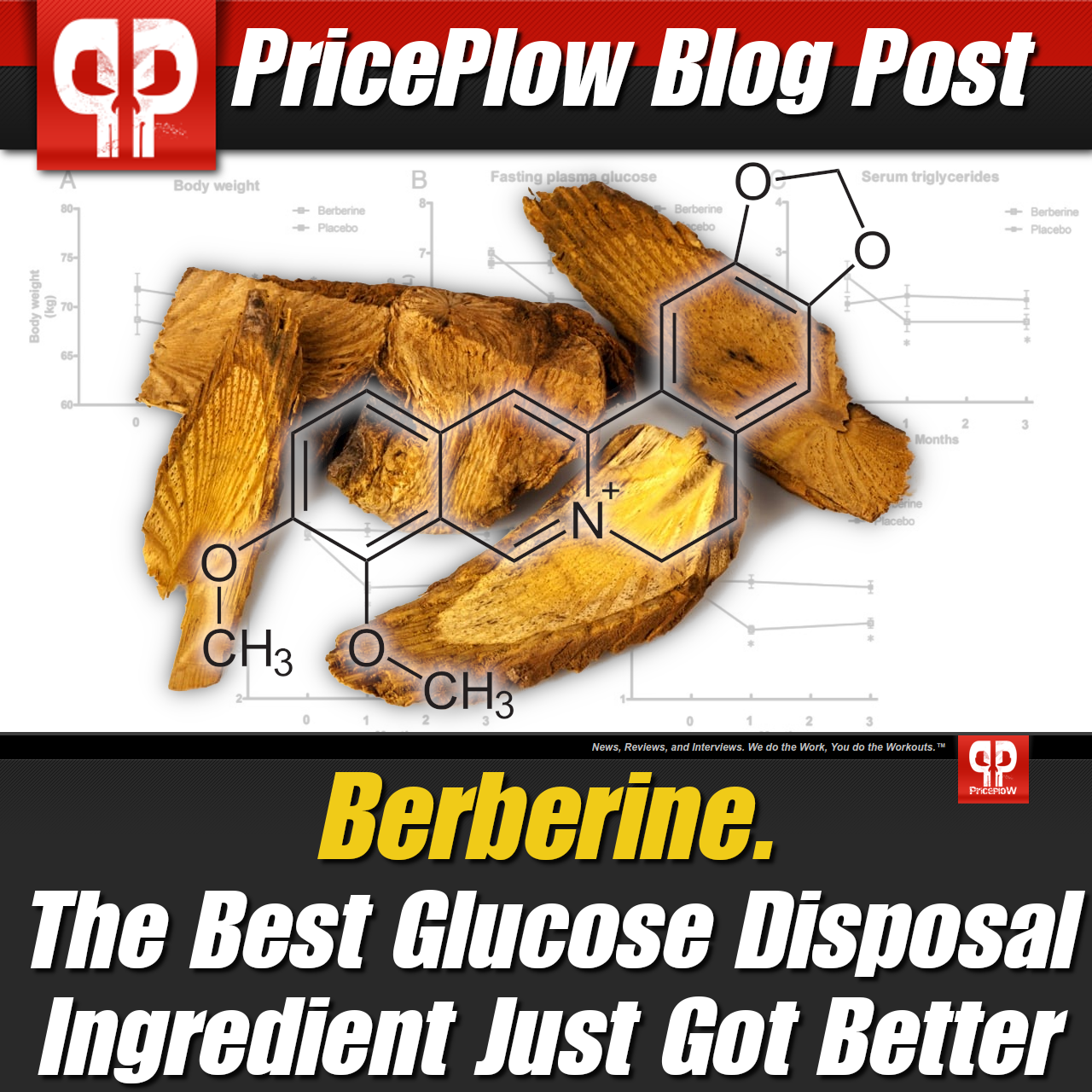
How does the best glucose disposal ingredient in berberine get any better? It's known as dihydroberberine, and sold as NNB Nutrition's GlucoVantage, and if there's one anti-aging ingredient we suggest, it's this one!
-
What Makes GlucoVantage Unique?
GlucoVantage is a patented form of dihydroberberine[18] that represents the next generation of anti-aging supplements.
Its enhanced bioavailability really sets it apart, with early research showing it's five times more bioavailable than standard berberine. This means you can take it in lower doses of 100-200 milligrams while achieving similar effects of standard berberine, but without the digestive discomfort that often comes with it.
GlucoVantage's unique formulation also ensures consistent absorption and stability, making it a reliable choice to combat aging at the cellular level. That's due to how berberine is digested and absorbed.
When you take standard berberine, your gut flora has to convert it into dihydroberberine for it to be absorbed into the bloodstream. It is then converted back to berberine.[13] When you take dihydroberberine, however, it's already in the form ready for absorption into the bloodstream, eliminating the need for additional conversion steps. That's why it's more bioavailable and easier on your gut.
For a deeper dive into how these compounds compare, check out our full dihydroberberine vs. berberine article.
-
Benefits Beyond AGEs
While reducing AGEs is significant, it's not the only benefit that GlucoVantage offers for your health and well-being.
We've long said that GlucoVantage dihydroberberine has 5x the bioavailability if traditional berberine. In our '5X' article, we explore the very well-designed study that demonstrated this.
Dihydroberberine has been shown to improve lipid metabolism, leading to lower levels of LDL cholesterol and triglycerides.[5] This is crucial for cardiovascular health, since high levels of these lipids are associated with an increased risk of heart disease (especially when triglycerides are high and HDL is low).
Studies have also shown that berberine or dihydroberberine can help with weight management and body composition. One study from 2009 showed that it helped reduce hip and waist width in participants who took it for 13 weeks.[19]
As a result, it has the potential to support body recomposition by inhibiting fat cell accumulation and directing energy to your muscle cells, resulting in a better physique that helps you look and feel better.
Additional Anti-Aging Benefits of Berberine and Dihydroberberine
-
Metabolic Regulation
One of the most established benefits of berberine and dihydroberberine is their ability to regulate metabolism. Berberine supplementation activates AMPK, which has a central role in energy homeostasis.[20]
A study published in early 2022 showed that NNB Nutrition's GlucoVantage dihydroberberine outperformed higher doses of normal berberine in elevating plasma berberine and reducing blood sugar and insulin levels!
By activating AMPK, berberine enhances glucose uptake into cells, reduces gluconeogenesis (glucose production in the liver), and promotes the breakdown of fatty acids. These actions help lower blood sugar levels, improve insulin sensitivity, and support healthy weight management.
In addition to its effects on glucose metabolism, berberine has anti-inflammatory properties that further contribute to its metabolic benefits.
Chronic inflammation is a key driver of insulin resistance and metabolic syndrome, both of which are closely linked to aging. By reducing inflammation, berberine protects against these age-related conditions and promotes overall metabolic health.[21]
-
Cellular Longevity
Berberine supports mitochondrial function, which is essential for cellular energy production and longevity.
Mitochondrial dysfunction becomes more common as we age, so enhancing mitochondrial efficiency with berberine or dihydroberberine can help maintain cellular vitality and reduce the risk of age-related diseases.[8]
Conclusion: Embracing the Future of Anti-Aging with Berberine
Overall, using ingredients like NNB Nutrition's GlucoVantage dihydroberberine can be a powerful assistant in your quest for anti-aging and a better quality of life.
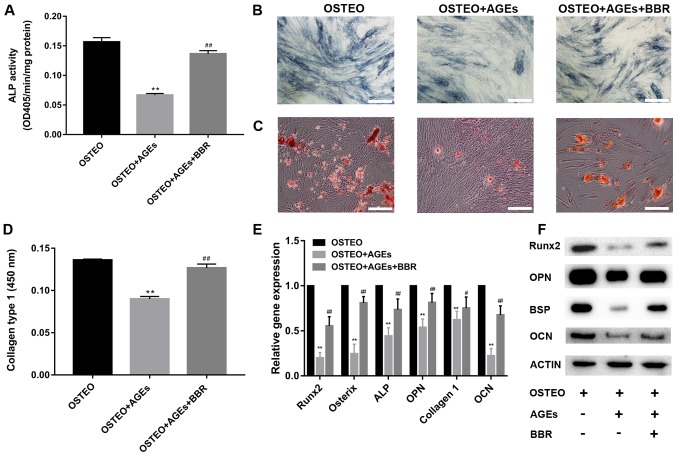
Berberine has a profound effect in reducing cellular destruction from AGEs (advanced glycation endproducts).[17]
While many associate it with treating symptoms of diabetes, it offers much more, including improving body composition and energy levels and reducing the risk of chronic illnesses as you age. Therefore, consider giving GlucoVantage a try. It's an excellent choice for all lifestyles and goals as you pursue a healthier lifestyle for the long term.
That said, remember that berberine and dihydroberberine are supplements. While they have many benefits, they aren't a complete solution for a healthier life. You must still eat a well-balanced diet full of whole foods and implement a consistent exercise routine for the best results.
Want to stay up to date on all things berberine, GlucoVantage, and the supplement industry? Subscribe to PricePlow's NNB Nutrition news alerts so you don't miss anything as new products and research emerge.

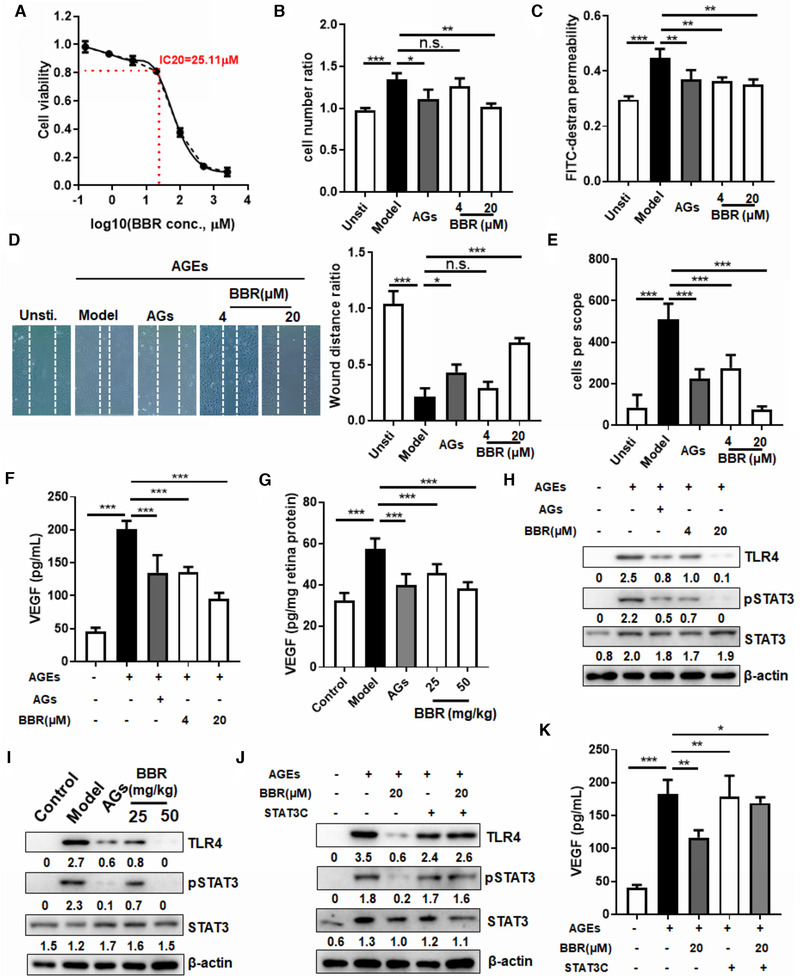
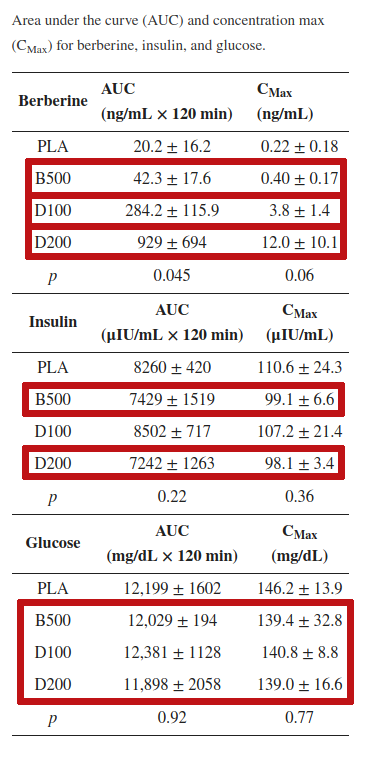
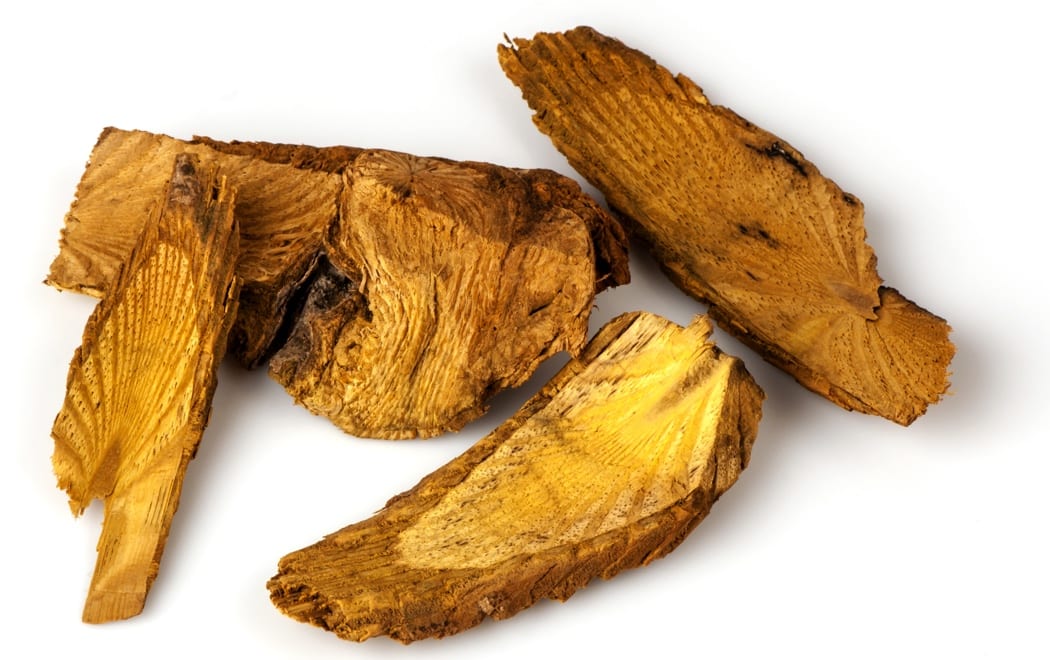
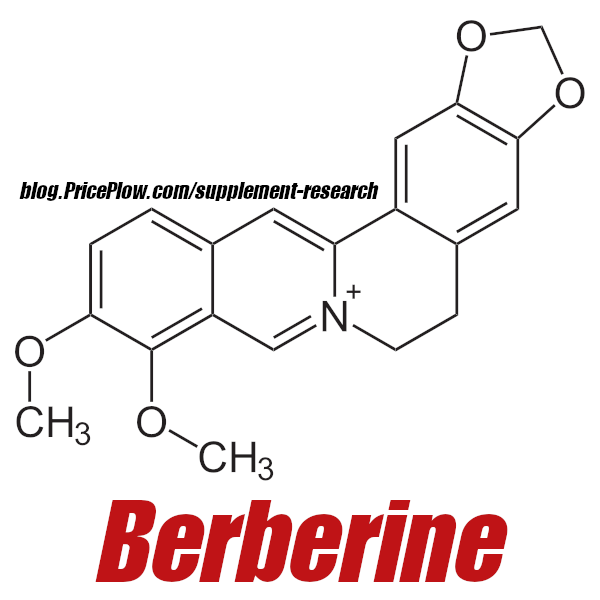
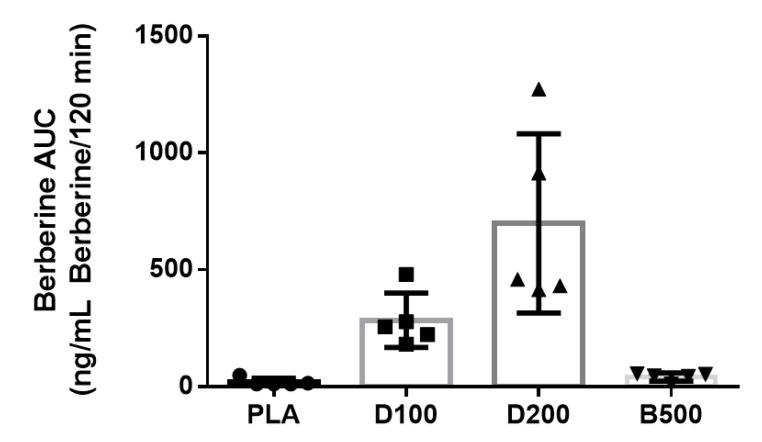
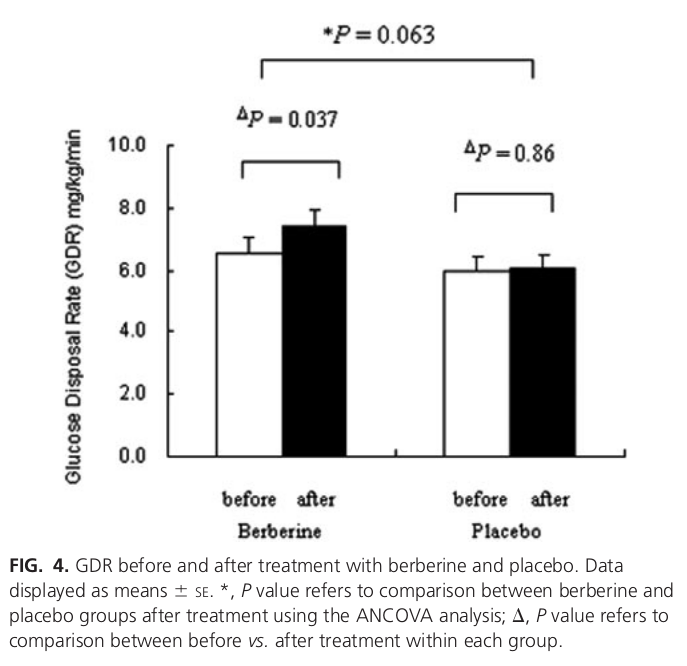
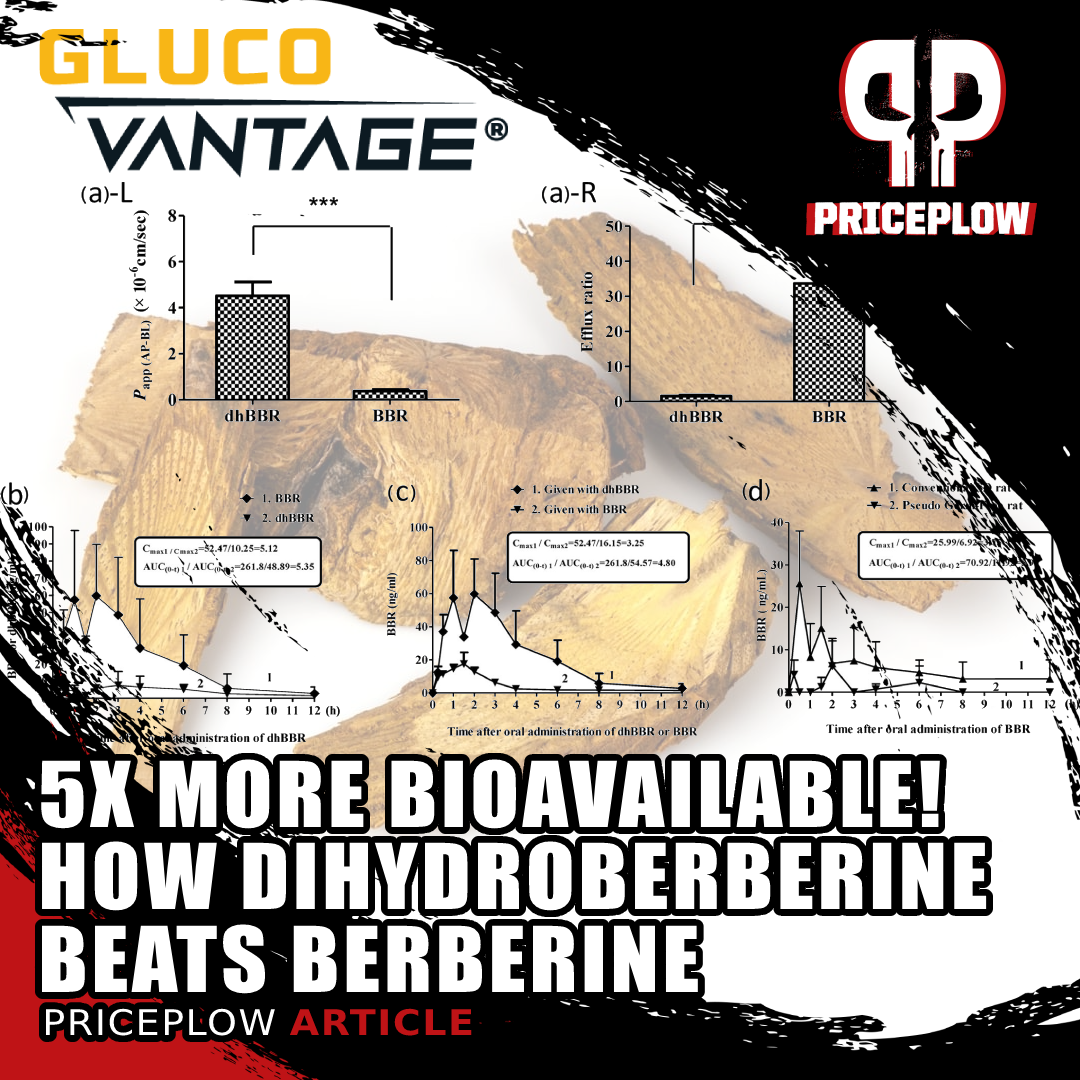
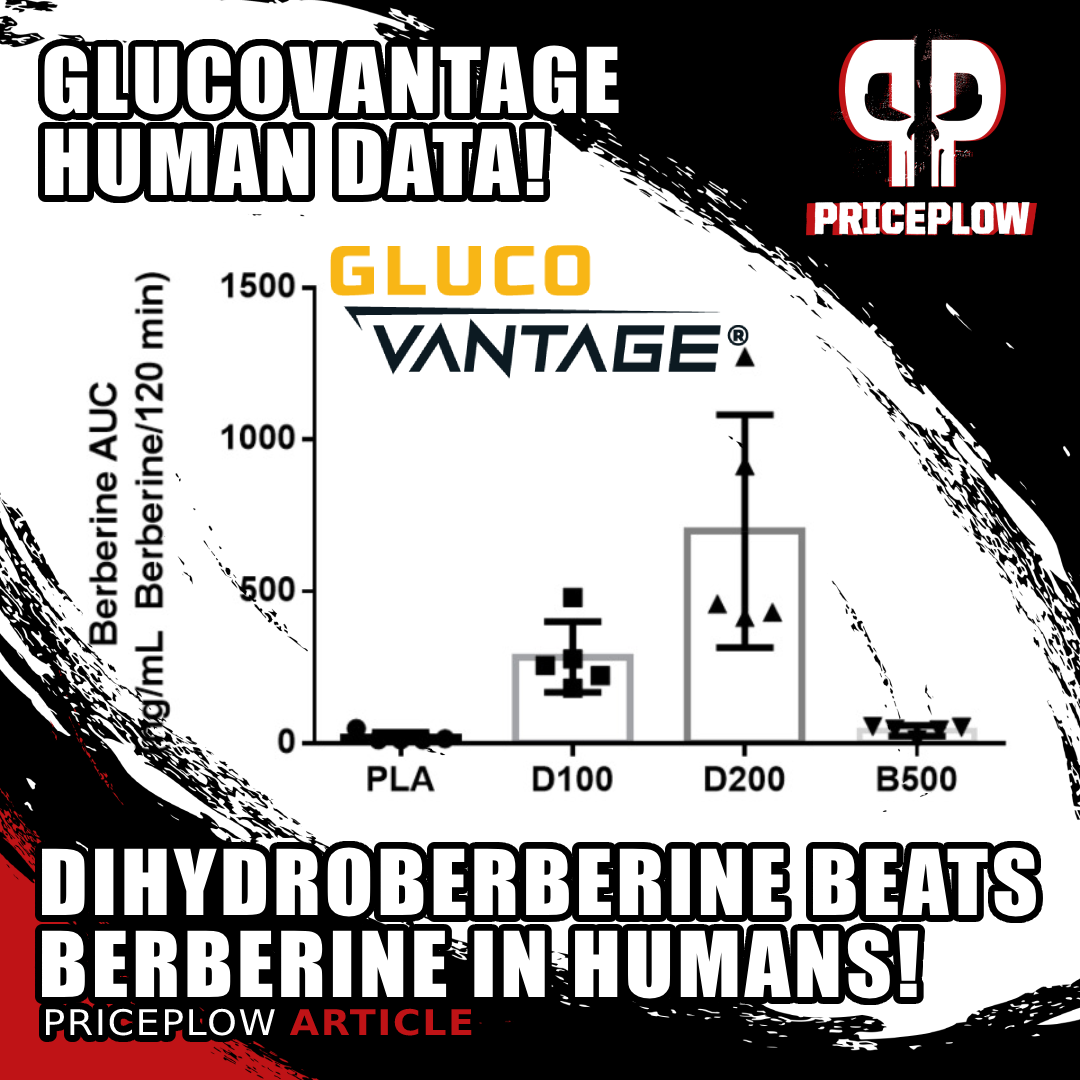


Comments and Discussion (Powered by the PricePlow Forum)